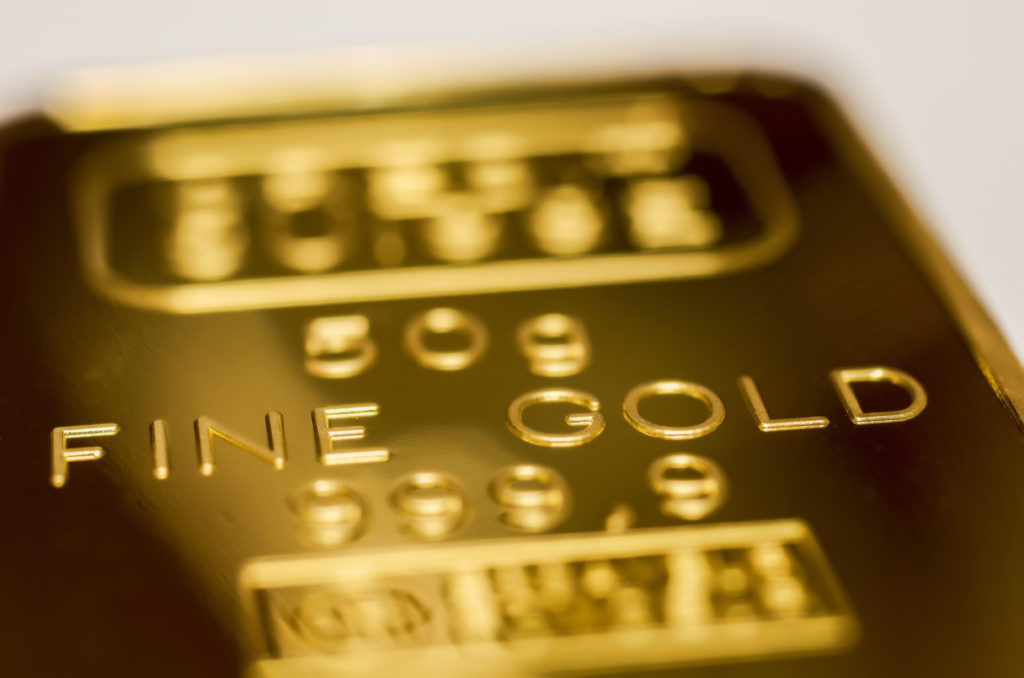Introduction
Gold prices tumbled to their lowest level in two weeks on Thursday, driven by indications that trade tensions sparked by US President Donald Trump may be subsiding. This has dampened demand for gold, traditionally viewed as a safe-haven asset during times of economic uncertainty.
Key Developments
- Price Decline: Spot gold dropped 2.0% to $3,221.94 per ounce, while three-month gold futures fell 2.7% to $3,230.10 per ounce in New York, marking the lowest since April 14.
- Trade Optimism: The decline follows hints from the Trump administration of impending trade deals with countries like India, Japan, South Korea, and potentially China, as confirmed by US Trade Representative Jamieson Greer and President Trump himself.
- Market Sentiment: According to Bob Haberkorn, senior market strategist at RJO Futures, a 'risk-on' trade sentiment has emerged, prompting profit-taking in gold as investors shift away from safe-haven assets.
Bullish Outlook Despite Short-Term Losses
Despite the recent pullback from a high of $3,500 per ounce last week, gold remains a top-performing asset in 2025 with a 23% gain year-to-date. Analysts maintain a bullish stance: - Long-Term Forecasts: A Reuters poll predicts gold prices will average above $3,000 annually, fueled by ongoing trade frictions and a shift away from the US dollar. JPMorgan projects prices to hit $3,675 in Q4 and reach $4,000 by mid-2026. - Economic Concerns: Recent data showing a contraction in the US economy in Q1 2025, coupled with expectations of Federal Reserve rate cuts to avert a recession, continues to support gold’s appeal. - Expert Insight: Ole Hansen of Saxo Bank noted that while short-term corrections are driven by improved market sentiment, the structural factors underpinning gold’s strength remain intact.
Editorial Analysis
While the easing of trade tensions appears to be a positive development for global markets, the optimism may be premature. Trump’s trade policies have historically been unpredictable, and any setbacks in negotiations could quickly reverse market sentiment, driving investors back to gold. Furthermore, the US economic contraction and potential recession risks highlighted in recent data suggest that gold’s safe-haven status should not be underestimated, even amidst temporary price dips. The question remains whether the current 'risk-on' sentiment is sustainable or merely a fleeting reaction to unconfirmed trade deal prospects.
